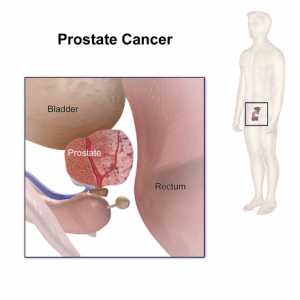Author Interviews, Environmental Risks, JAMA, OBGYNE, Pediatrics / 04.02.2022
Number of Extremely Preterm Births Varies with Season
MedicalResearch.com Interview with:
Anders Hviid M.Sc.,Dr.Med.Sci.
Head of Department (acting),
Professor of Pharmacoepidemiology,
Department of Epidemiology Research
Statens Serum Institut
MedicalResearch.com: What is the background for this study?
Response: An unusually low number of extremely preterm births have been observed in some countries during the initial covid-19 lockdowns. We speculated that this could be because of fewer infections, reduced activity levels, less stress etc. These are also factors that change with the seasons, and we hypothesized that extremely preterm birth might be associated with seasonality.
(more…)














 Sean C. Rose, MD
Child Neurology
Nationwide Children’s Hospital
The Ohio State University, Columbus
MedicalResearch.com: What is the background for this study? What are the main findings?
Response: There is conflicting evidence regarding the association between repetitive head impacts during youth contact sports and worse neurocognitive outcomes. Most research has been conducted in older adults, while the research in children is mostly limited to 1-2 sports seasons.
Sean C. Rose, MD
Child Neurology
Nationwide Children’s Hospital
The Ohio State University, Columbus
MedicalResearch.com: What is the background for this study? What are the main findings?
Response: There is conflicting evidence regarding the association between repetitive head impacts during youth contact sports and worse neurocognitive outcomes. Most research has been conducted in older adults, while the research in children is mostly limited to 1-2 sports seasons.
















